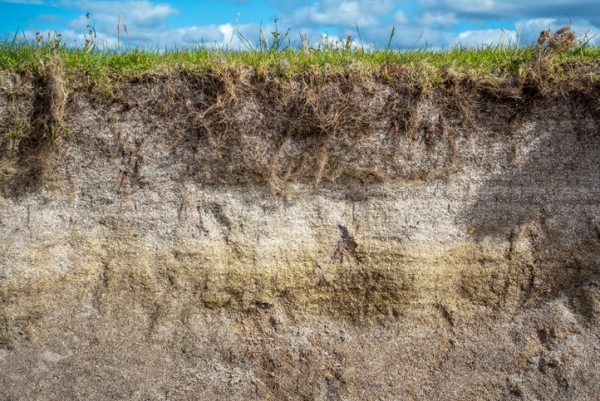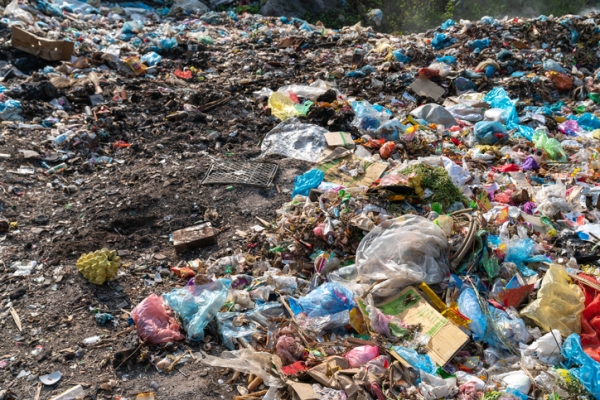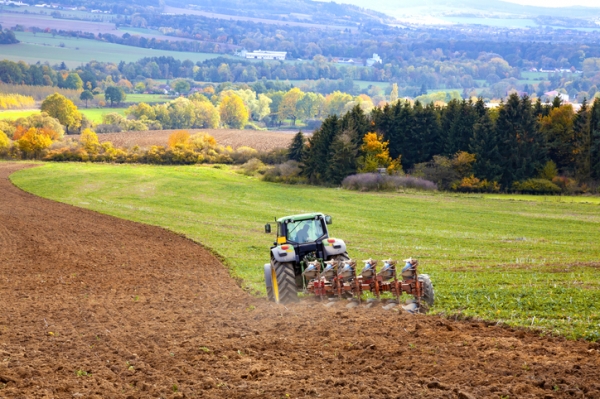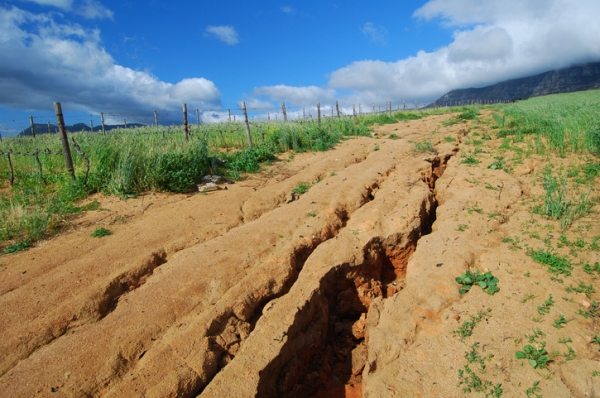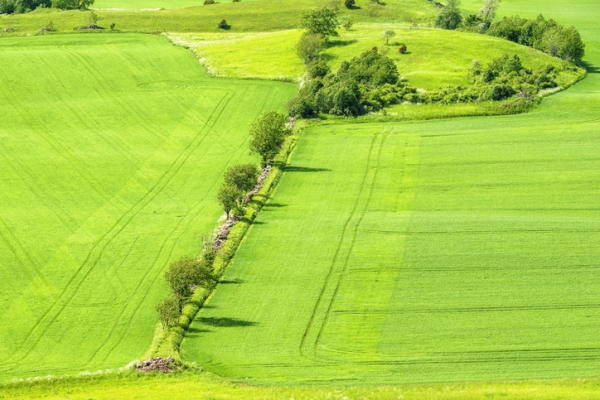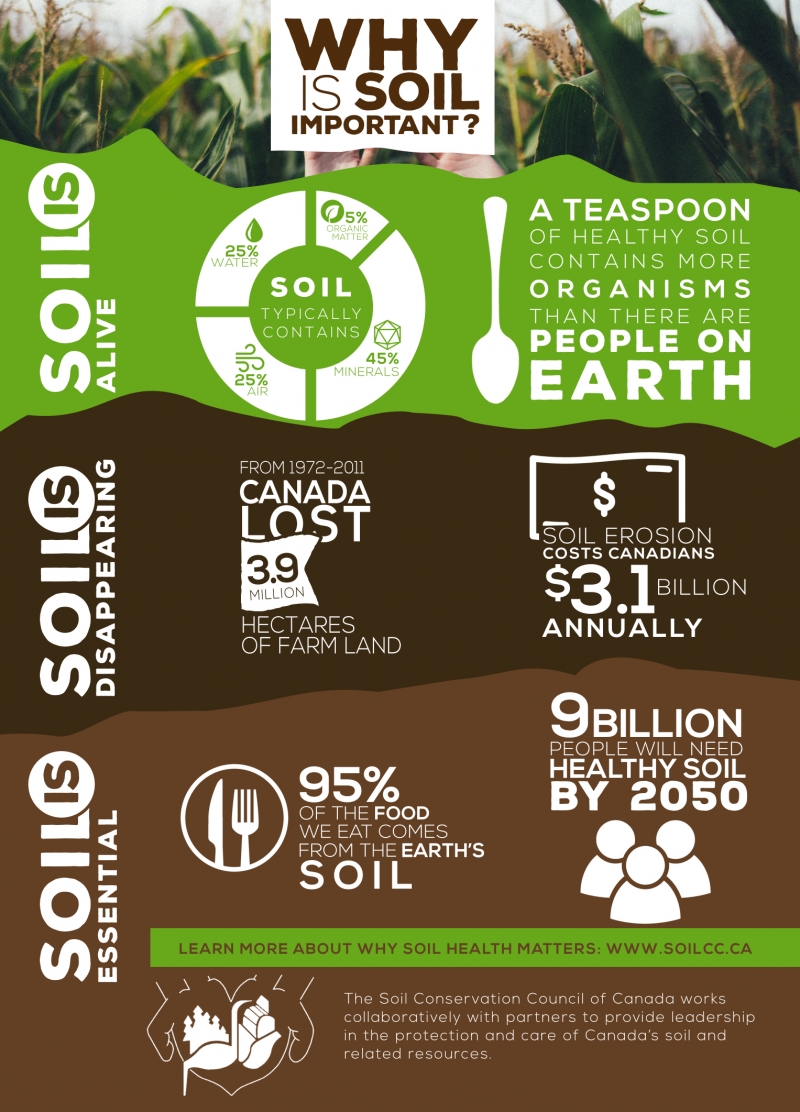The Dirt on Soil Conservation
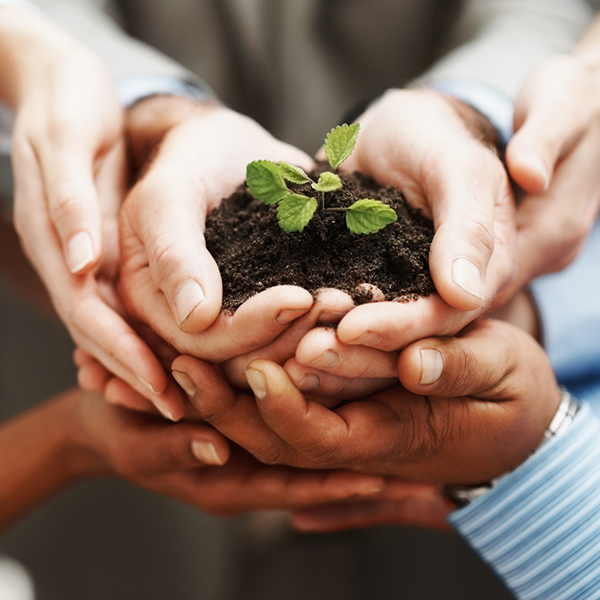
Hands holding soil and a small plant (Jacob Wackerhausen, iStockphoto)

Hands holding soil and a small plant (Jacob Wackerhausen, iStockphoto)
7.4
How does this align with my curriculum?
Curriculum Alignment
NU
3
K-6 Science and Technology Curriculum (NWT, 2004)
Earth and Space Systems: Soils in the Environment
YT
3
Science Grade 3 (British Columbia, June 2016)
Big Idea: Wind, water, and ice change the shape of the land.
NT
3
K-6 Science and Technology Curriculum (NWT, 2004)
Earth and Space Systems: Soils in the Environment
AB
3
Science 3 (2023)
Earth Systems: Understandings of the living world, Earth, and space are deepened by investigating natural systems and their interactions.
AB
10
Knowledge and Employability Science 10-4 (2006)
Unit D: Investigating Matter and Energy in Environmental Systems
AB
10
Science 14 (2003, Updated 2014)
Unit D: Investigating Matter and Energy in Environmental Systems
BC
11
Environmental Science 11 (June 2018)
Big Idea: Changing ecosystems are maintained by natural processes.
NU
10
Knowledge and Employability Science 10-4 (2006)
Unit D: Investigating Matter and Energy in Environmental Systems
NU
10
Science 14 (2003, Updated 2014)
Unit D: Investigating Matter and Energy in Environmental Systems
YT
11
Environmental Science 11 (British Columbia, June 2018)
Big Idea: Changing ecosystems are maintained by natural processes.
NT
10
Knowledge and Employability Science 10-4 (Alberta, 2006)
Unit D: Investigating Matter and Energy in Environmental Systems
NT
10
Science 14 (Alberta, 2003, Updated 2014)
Unit D: Investigating Matter and Energy in Environmental Systems
ON
11
Environmental Science, Grade 11, University/College (SVN3M)
Strand C: Human Health and the environment
